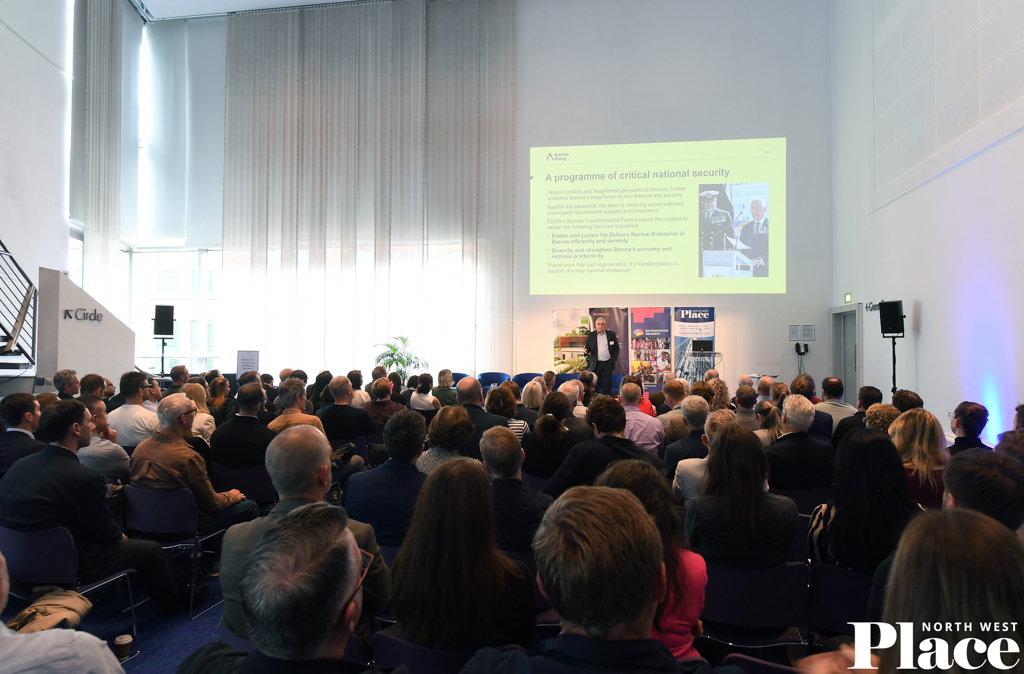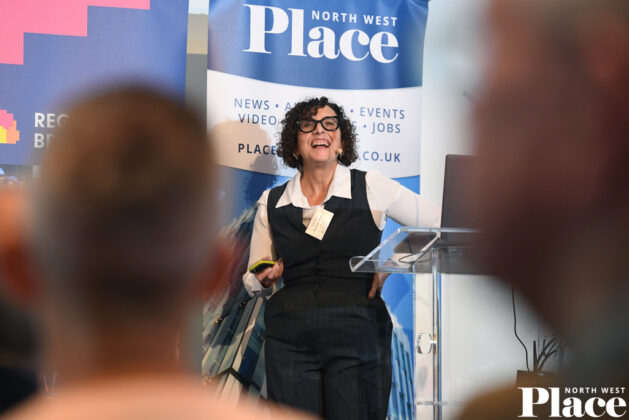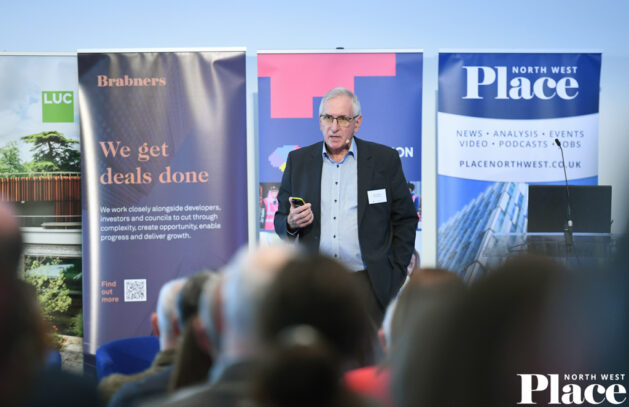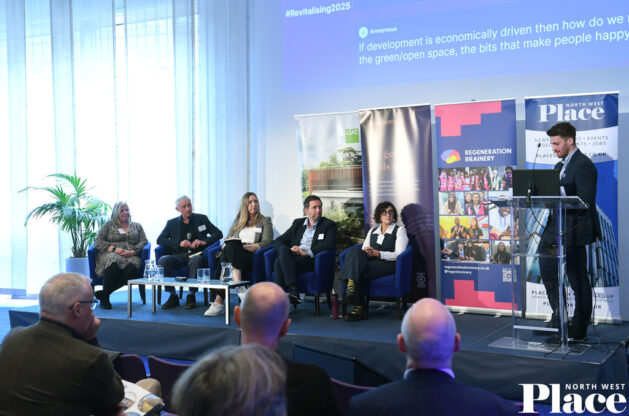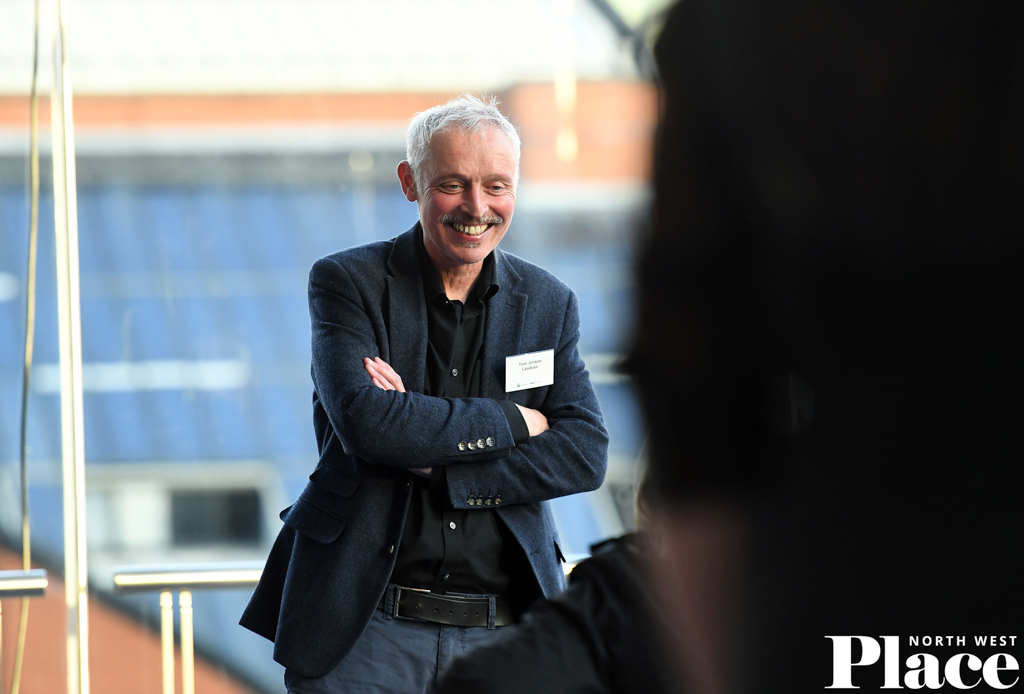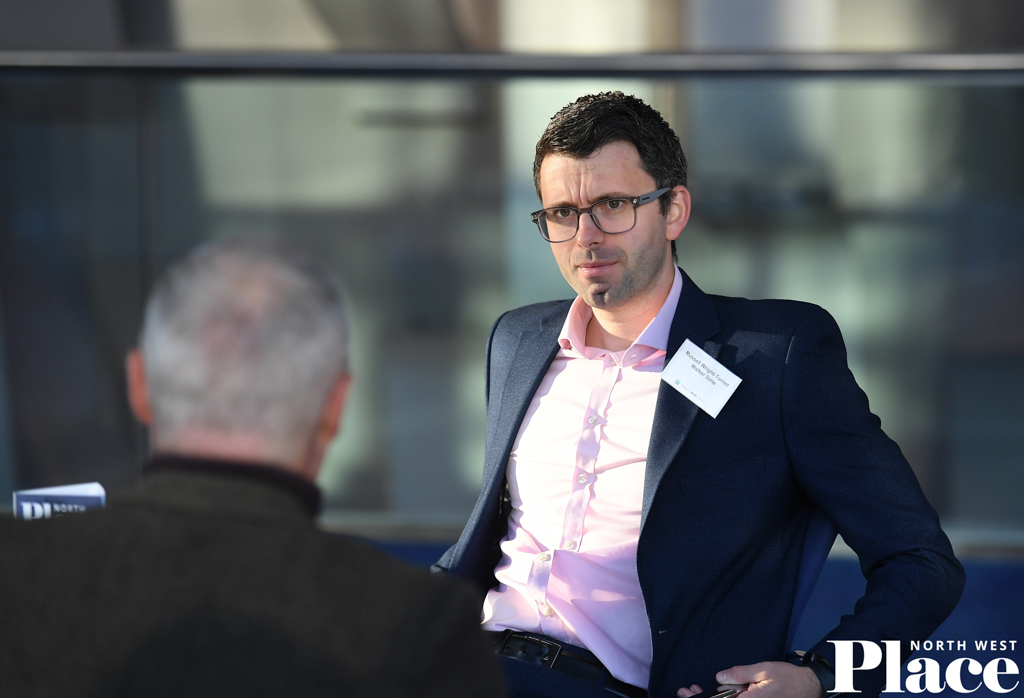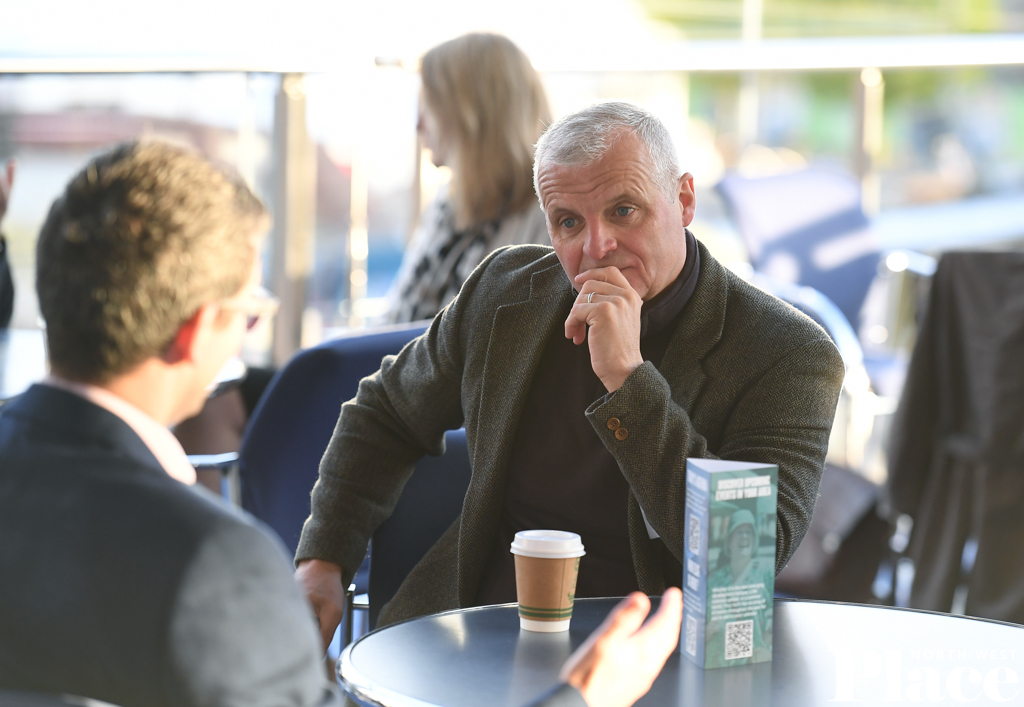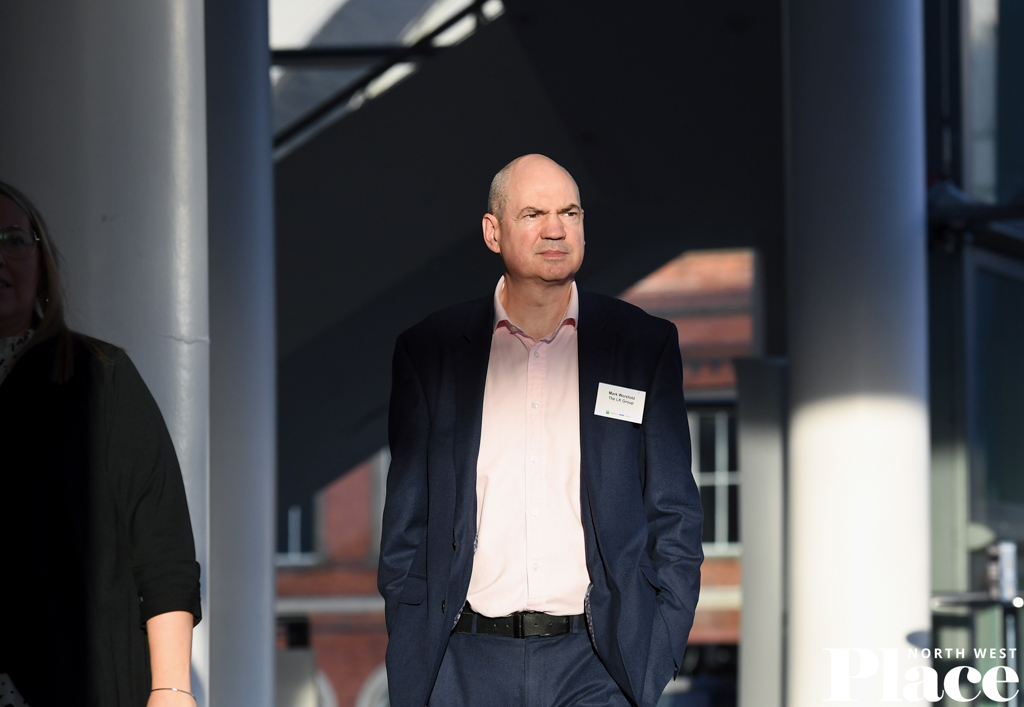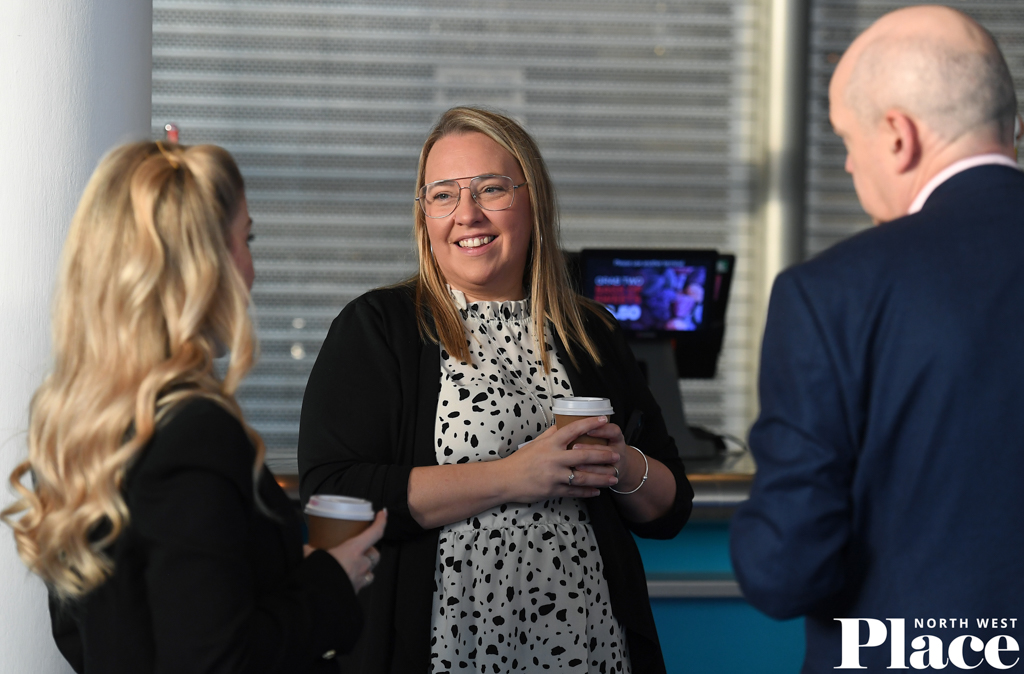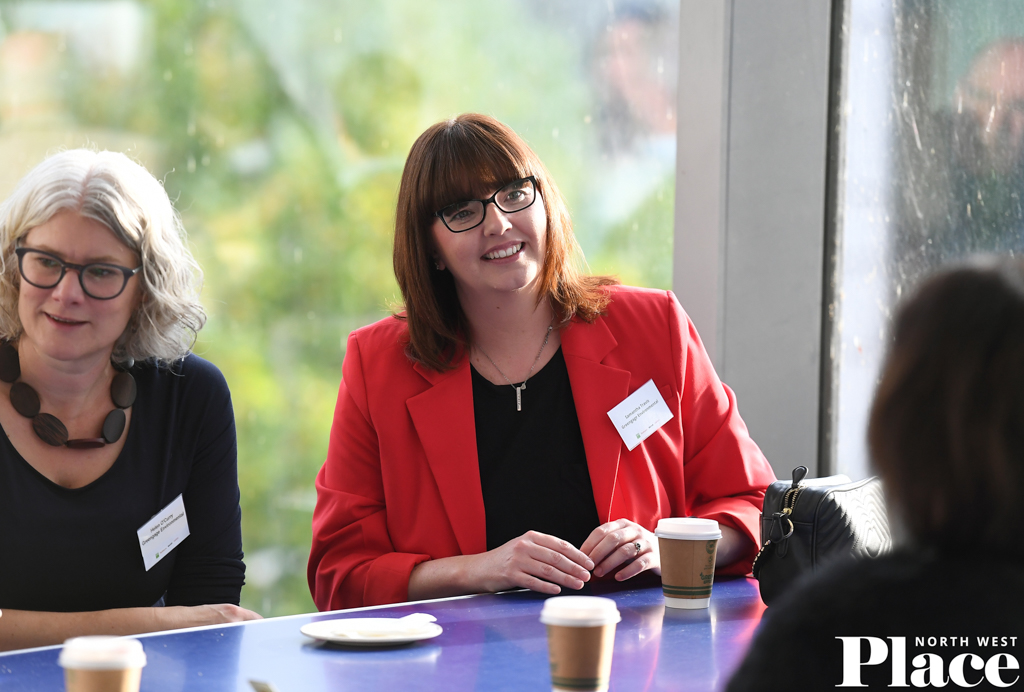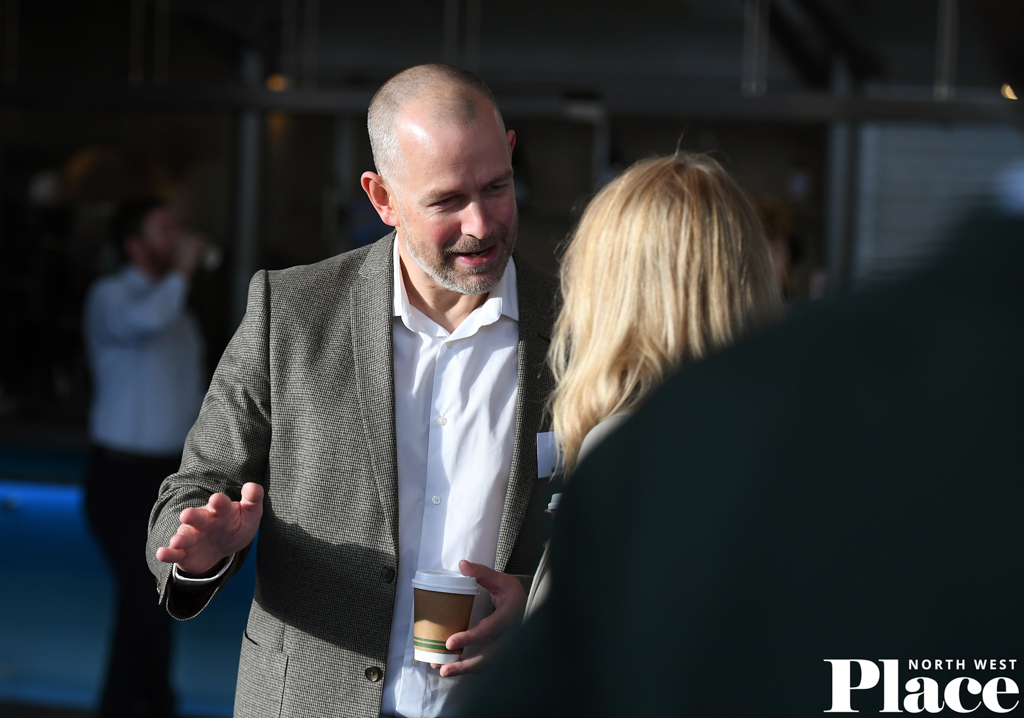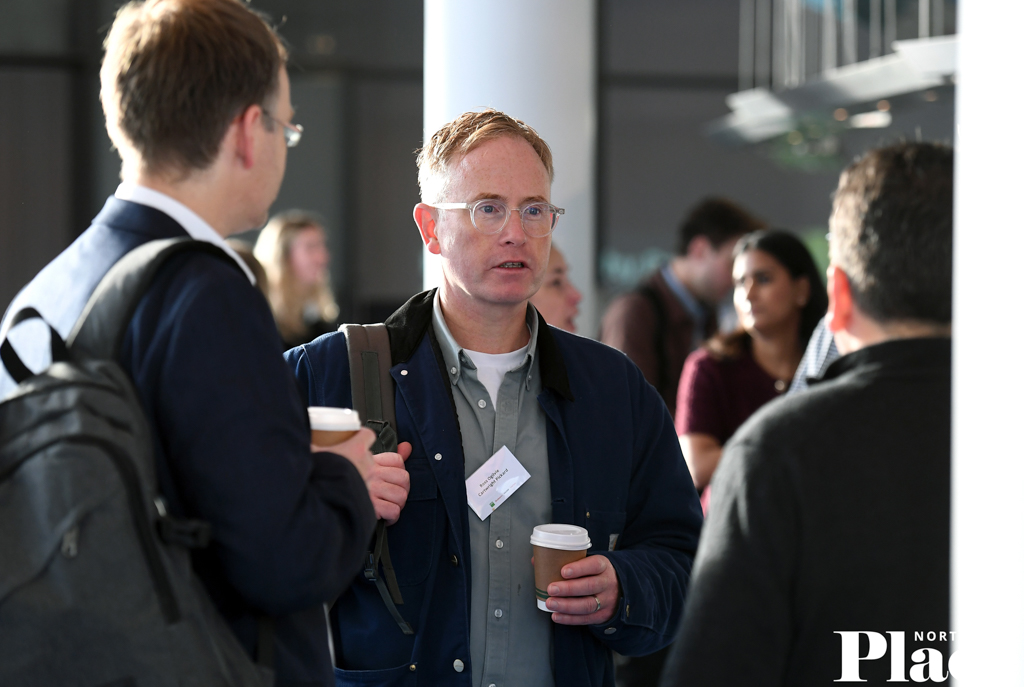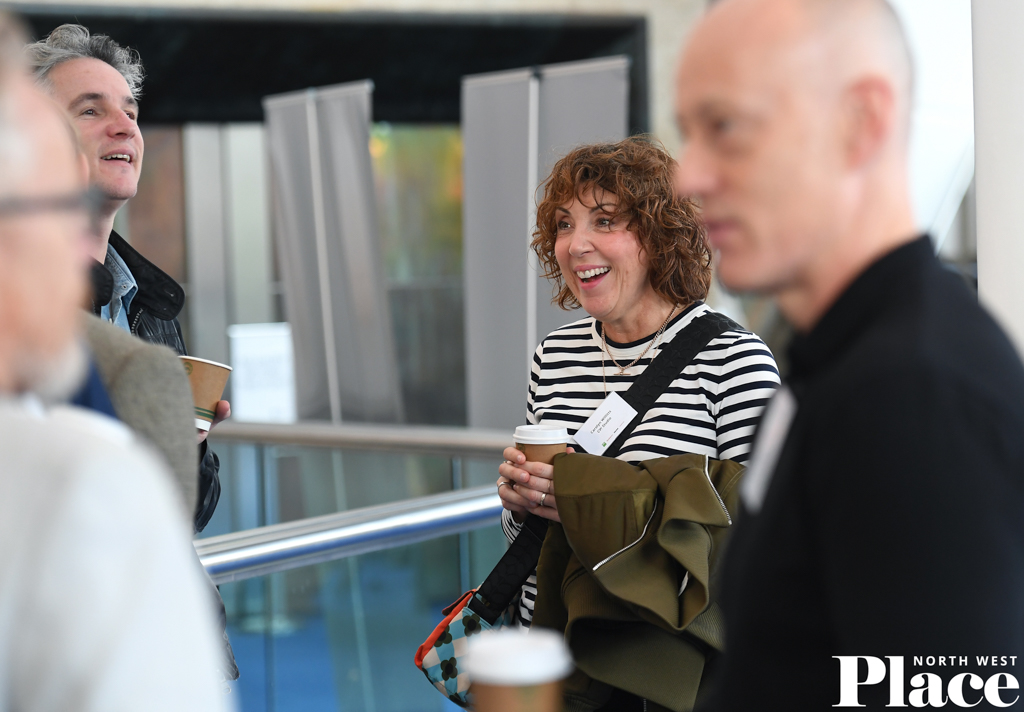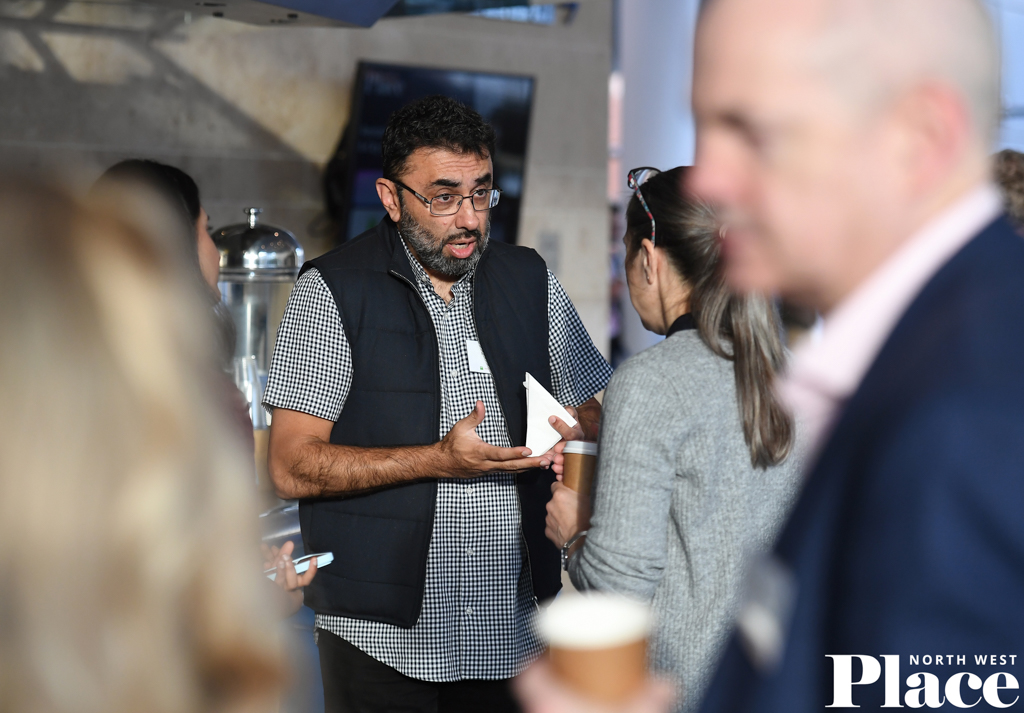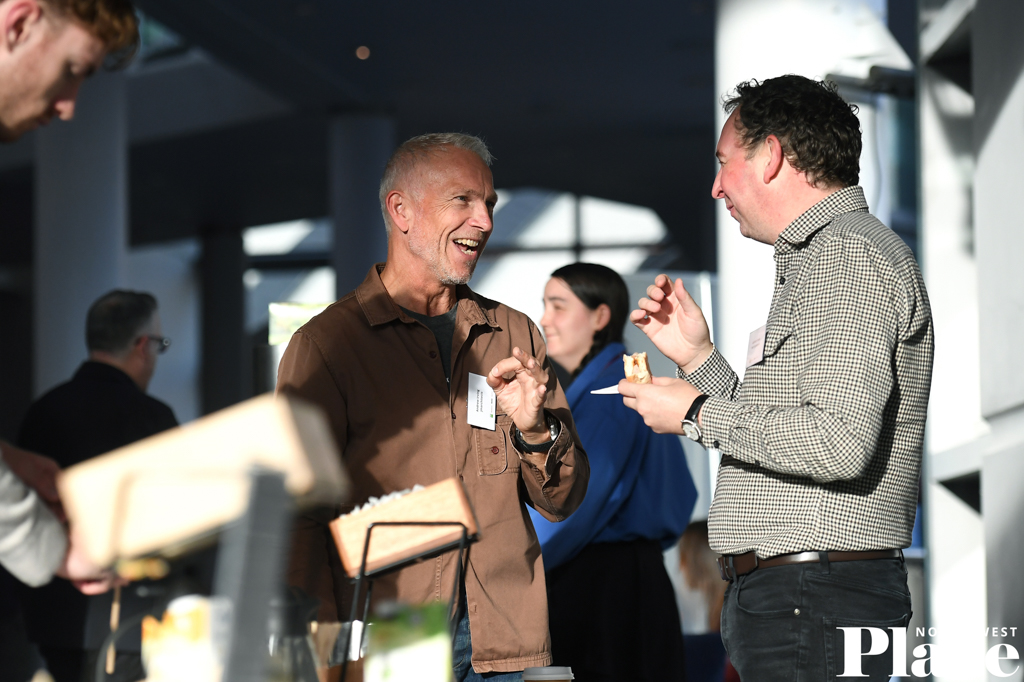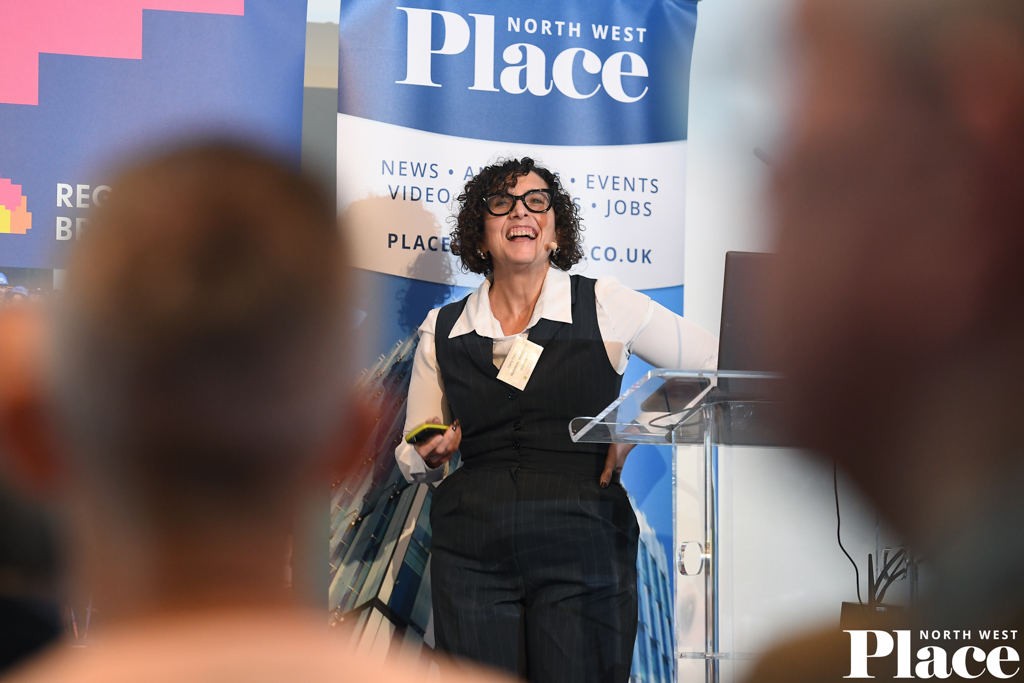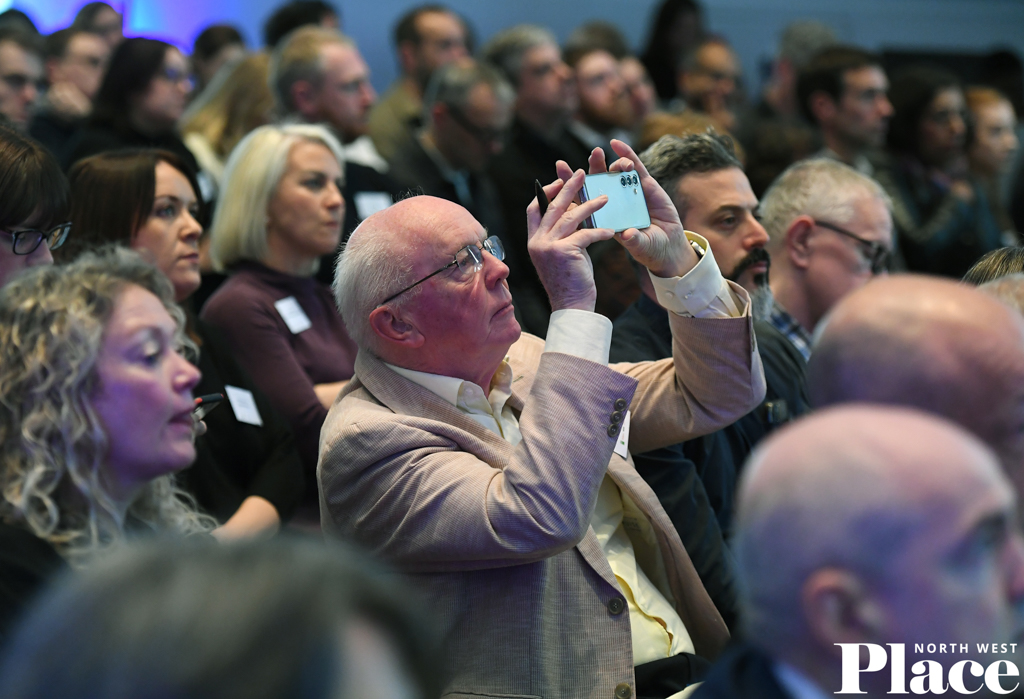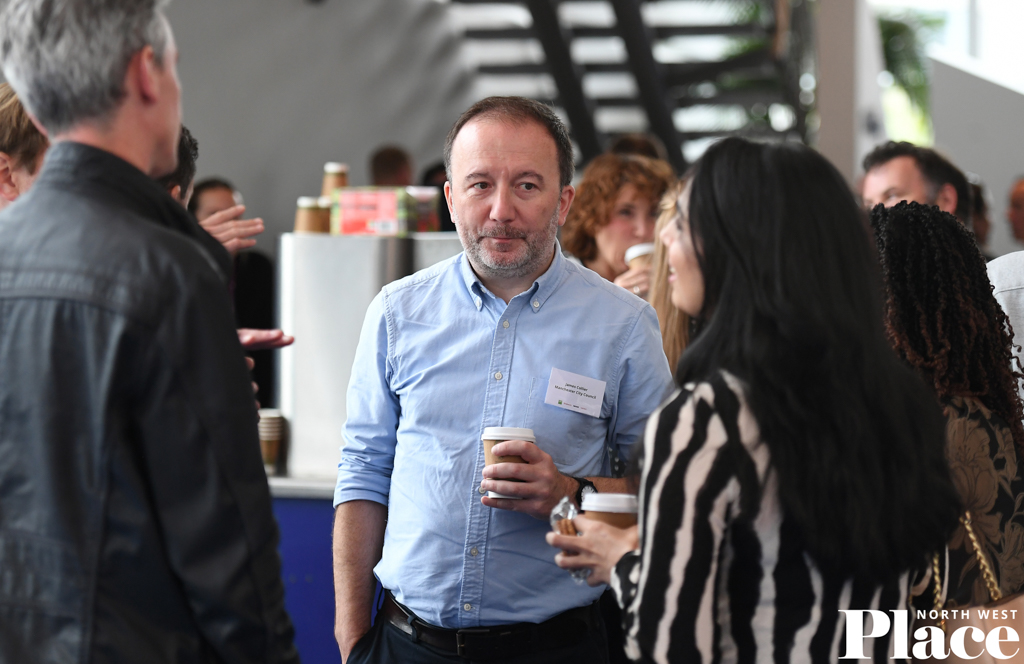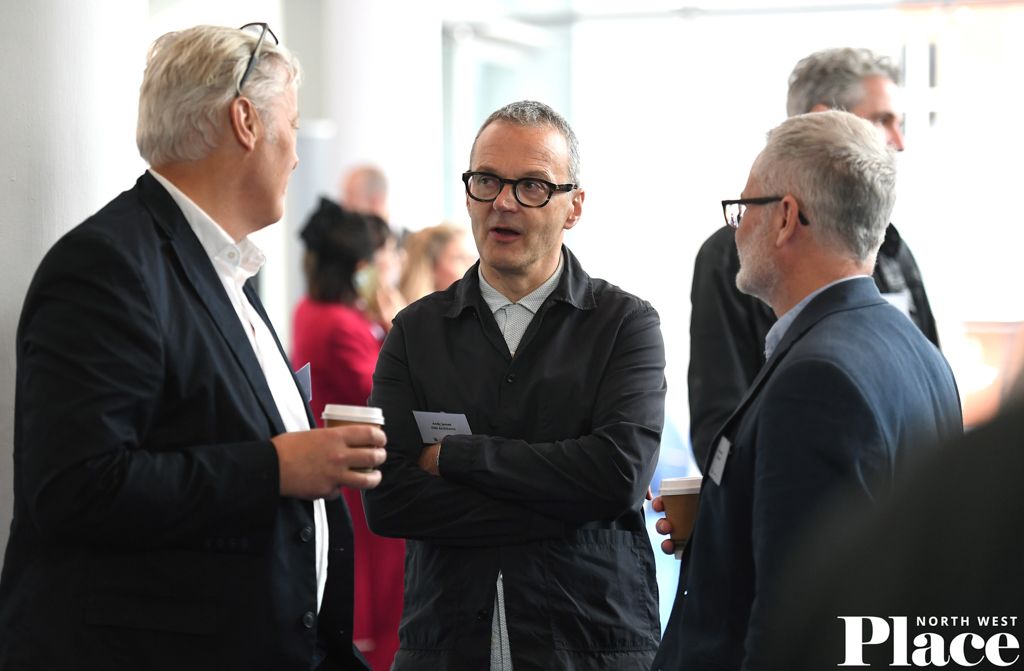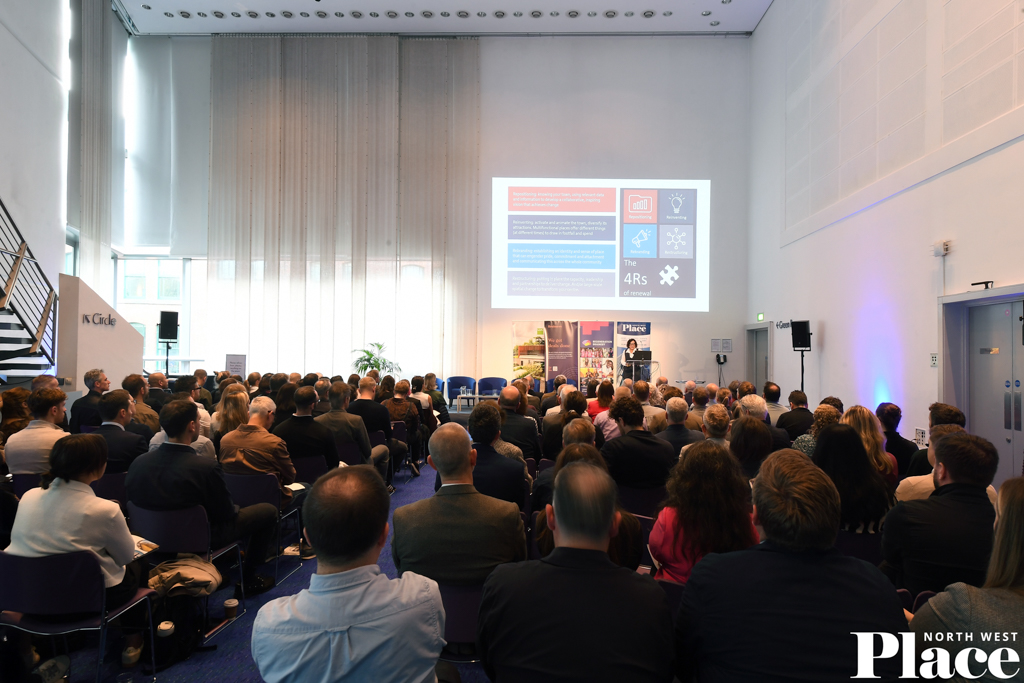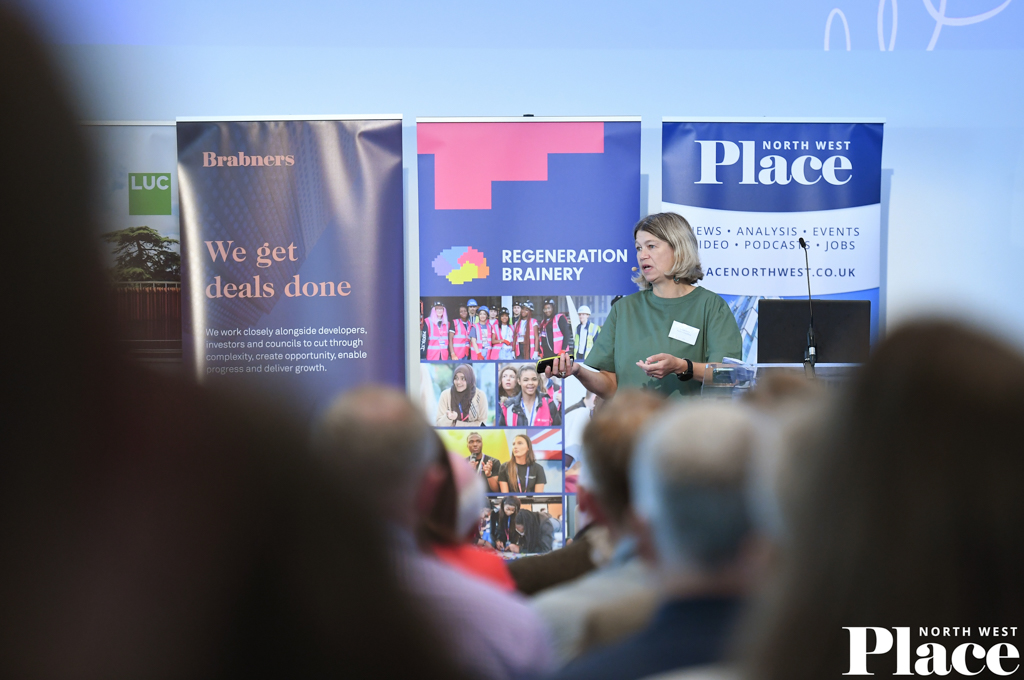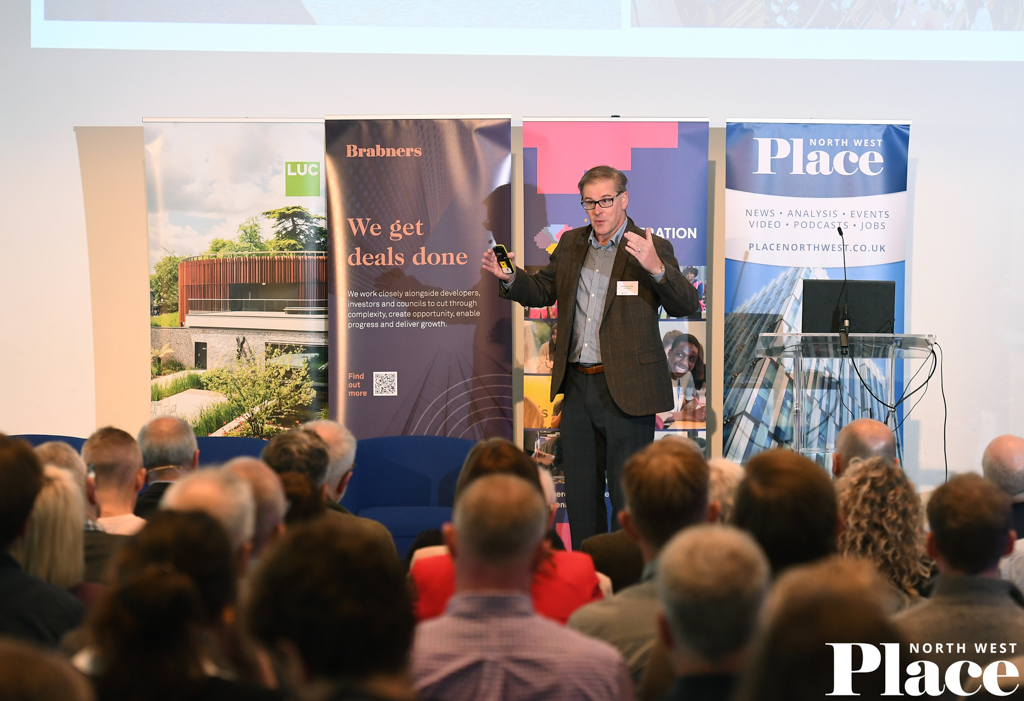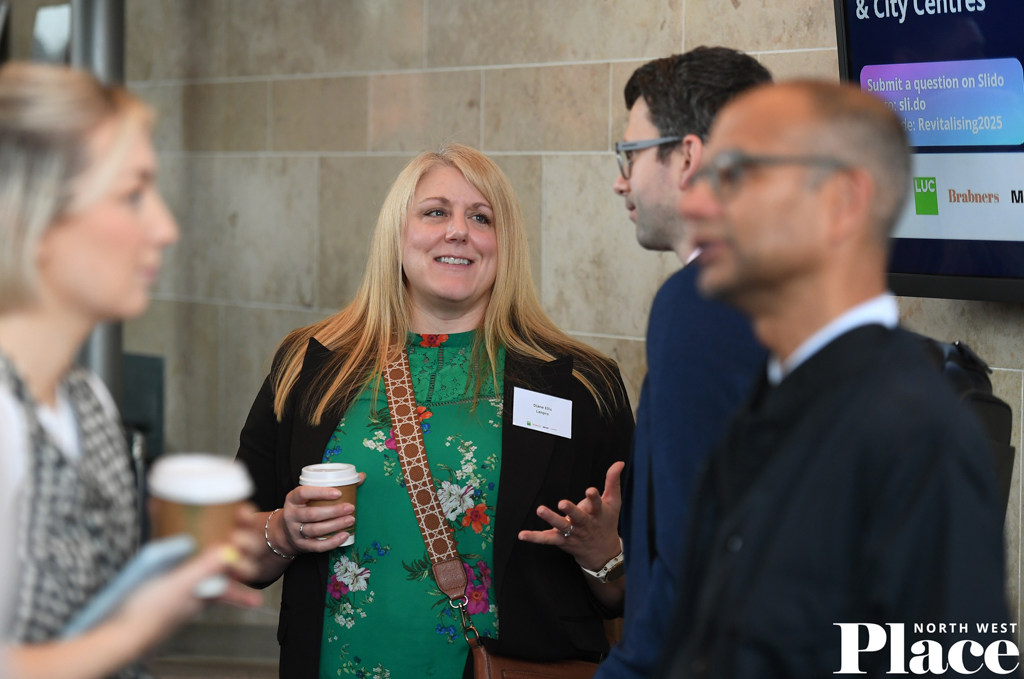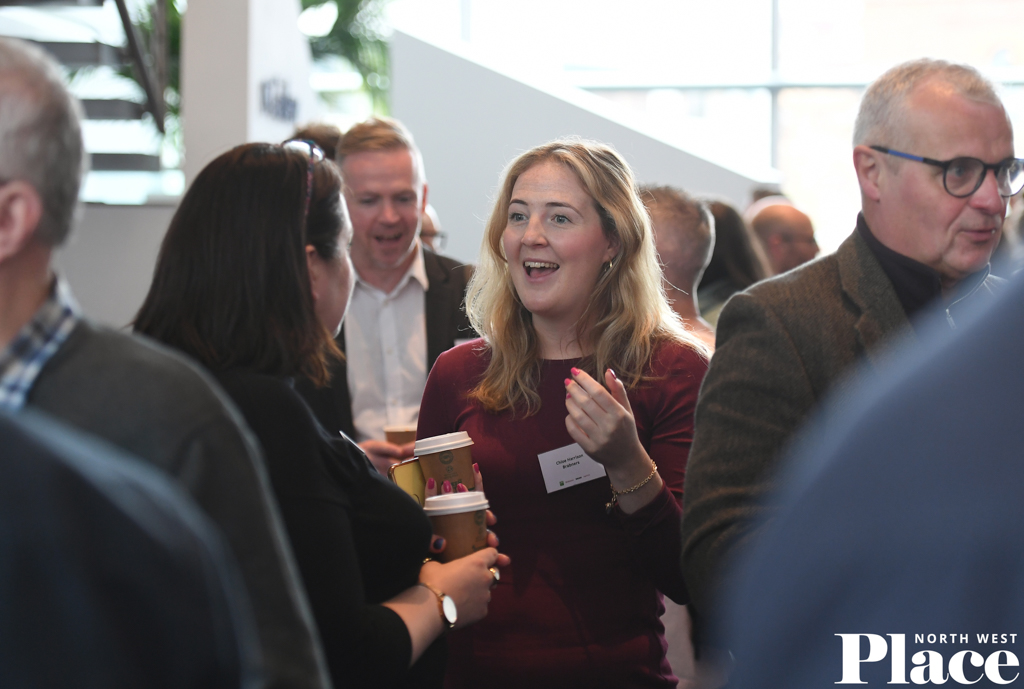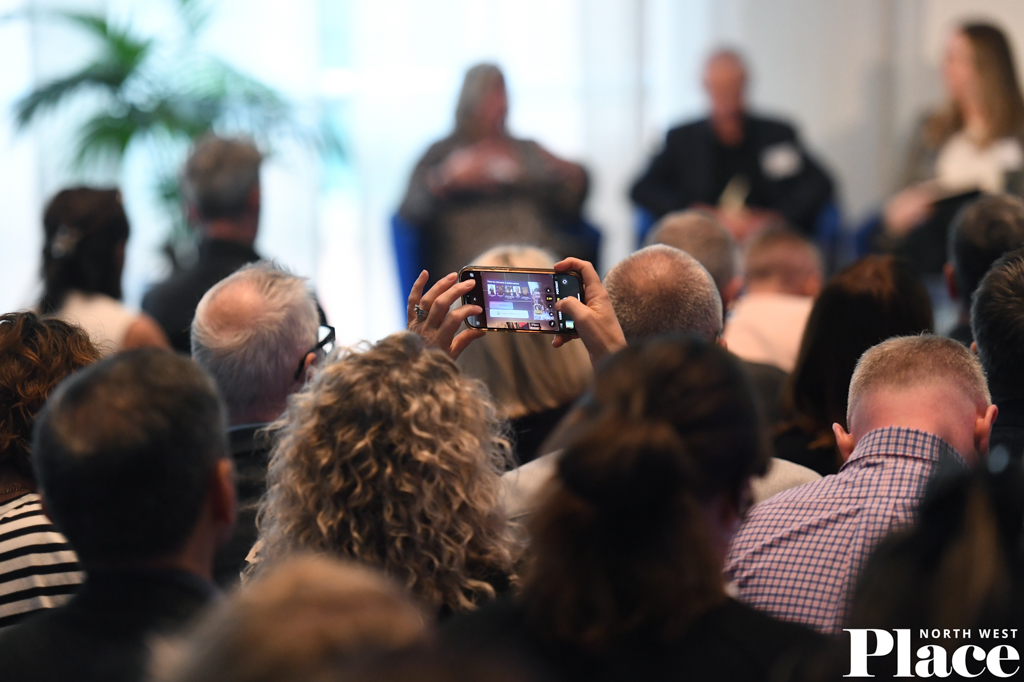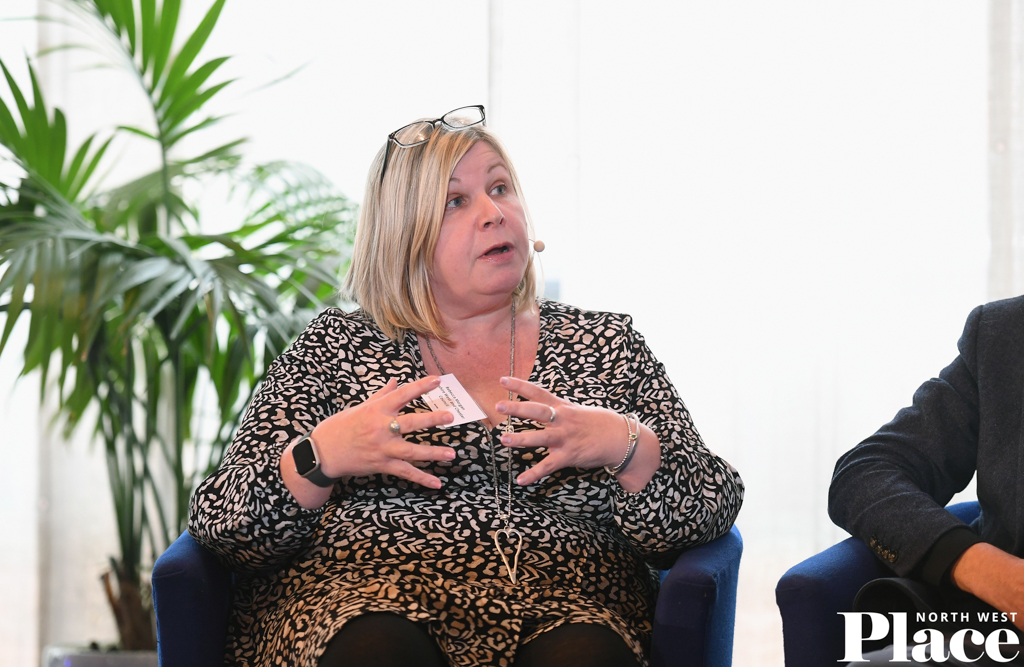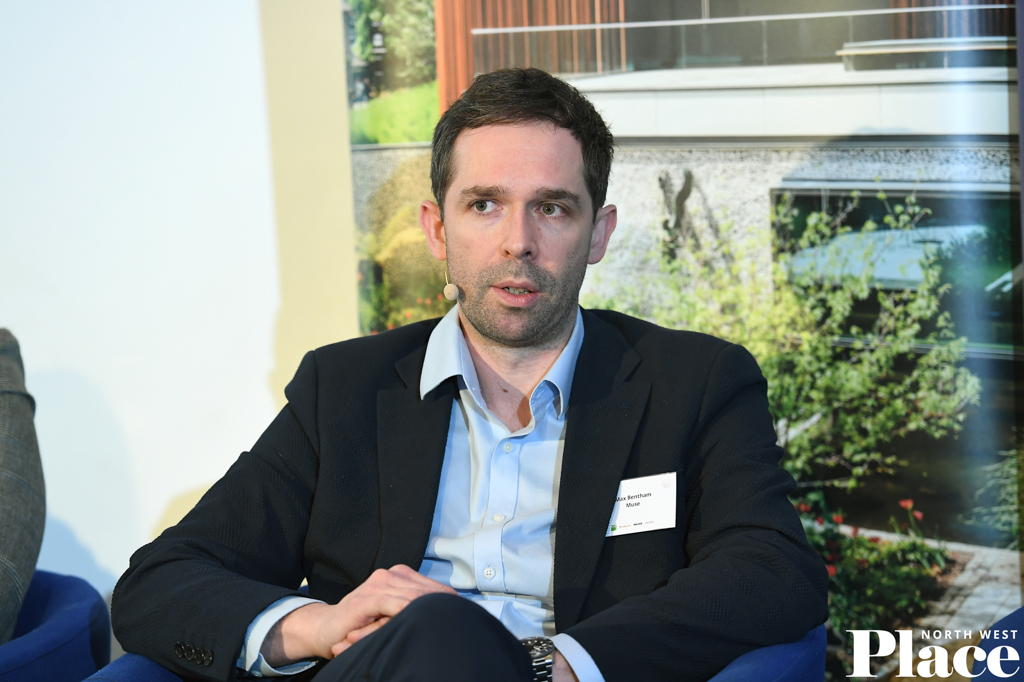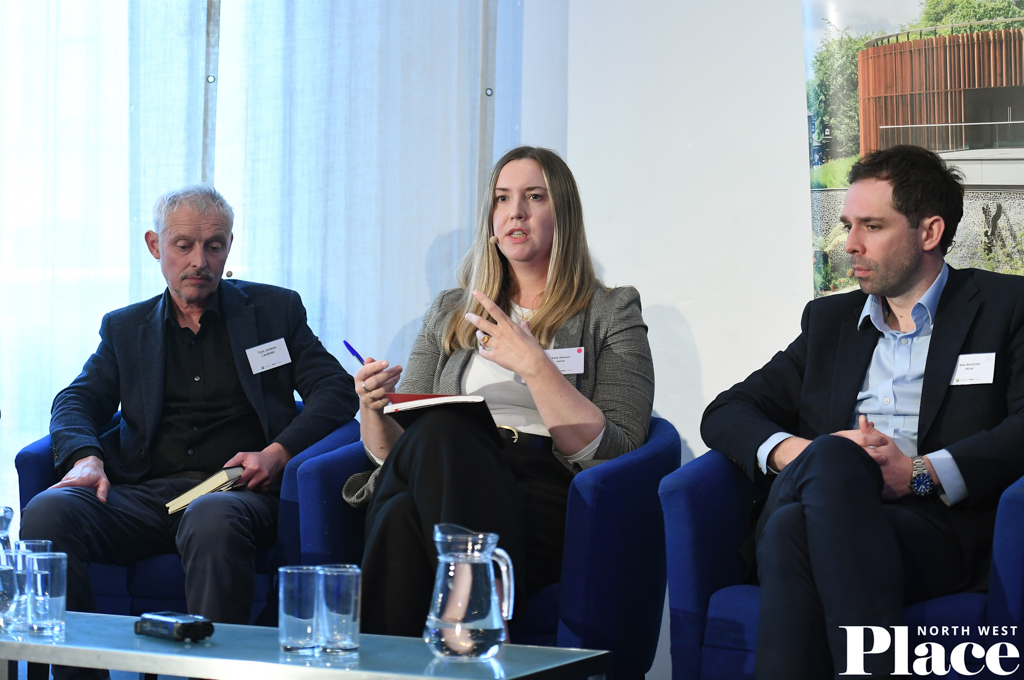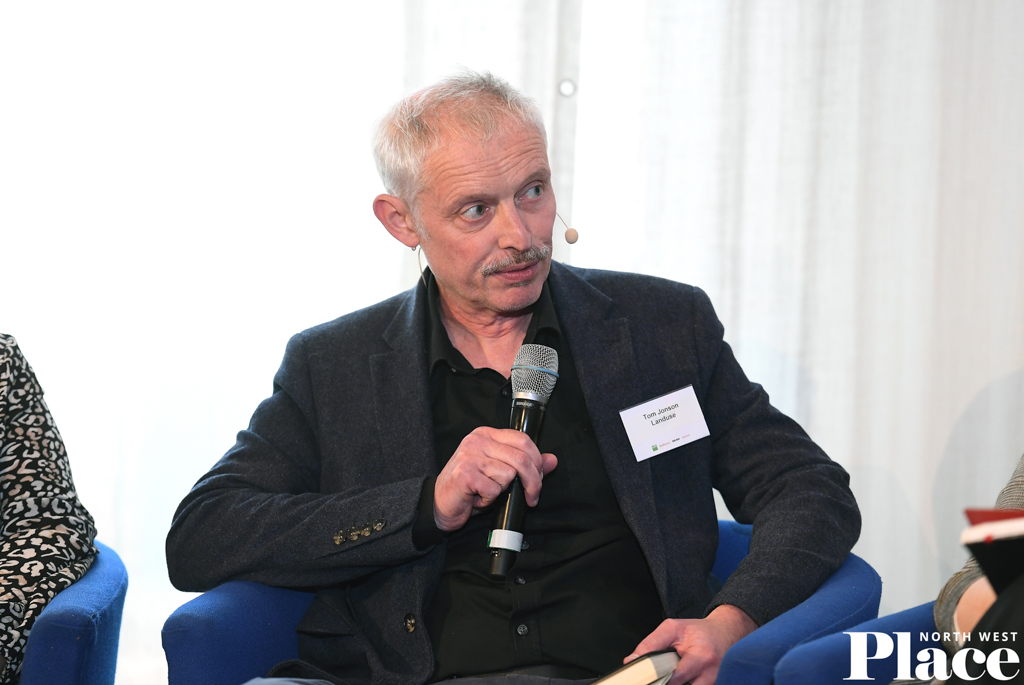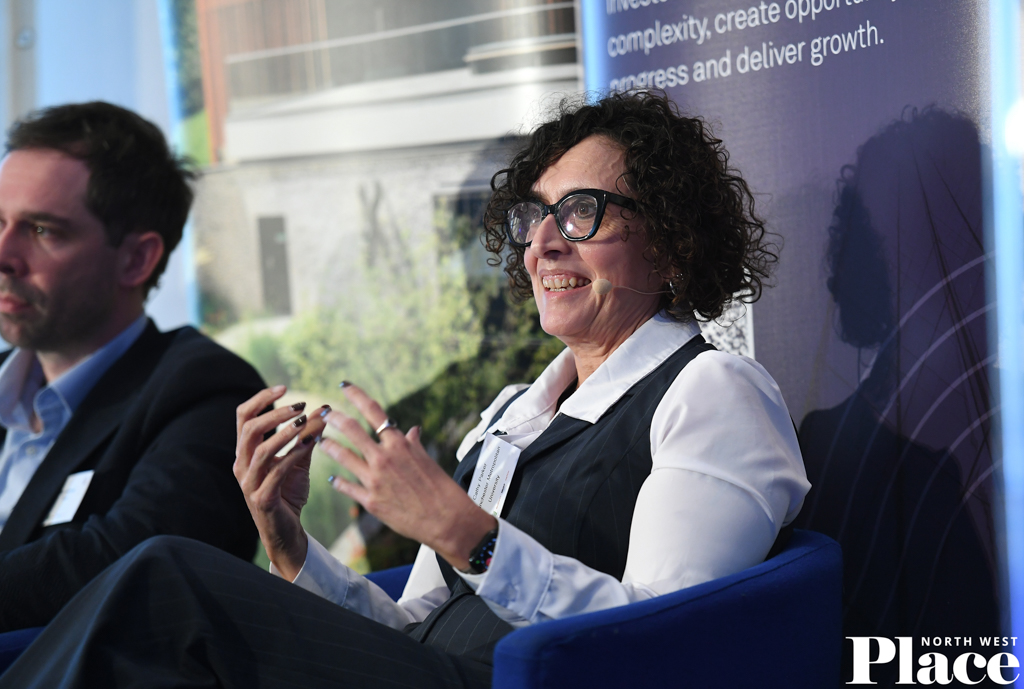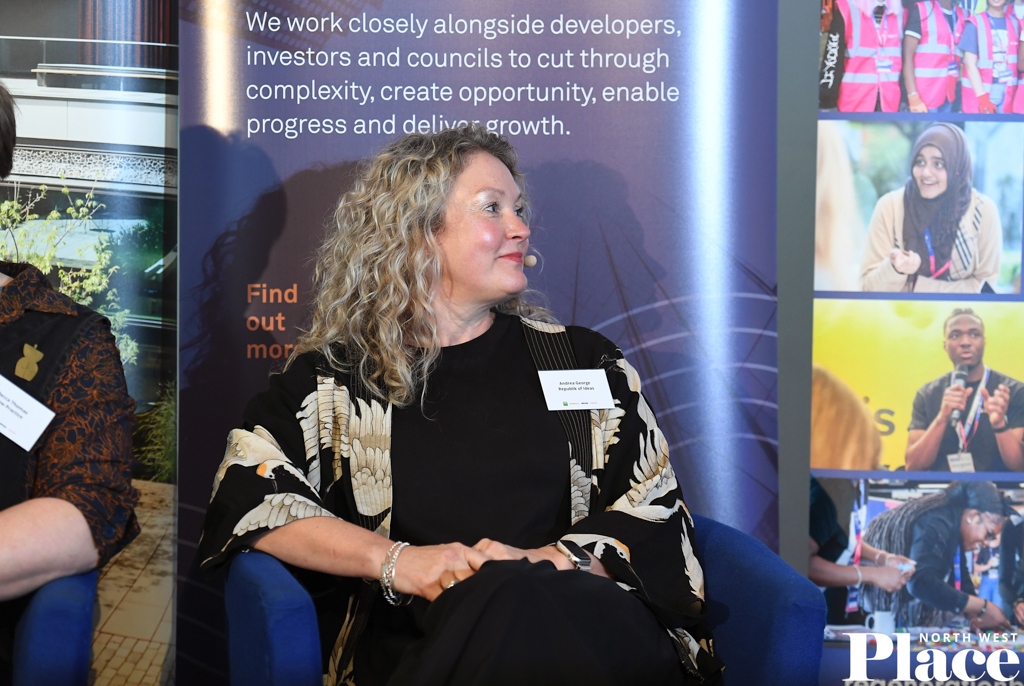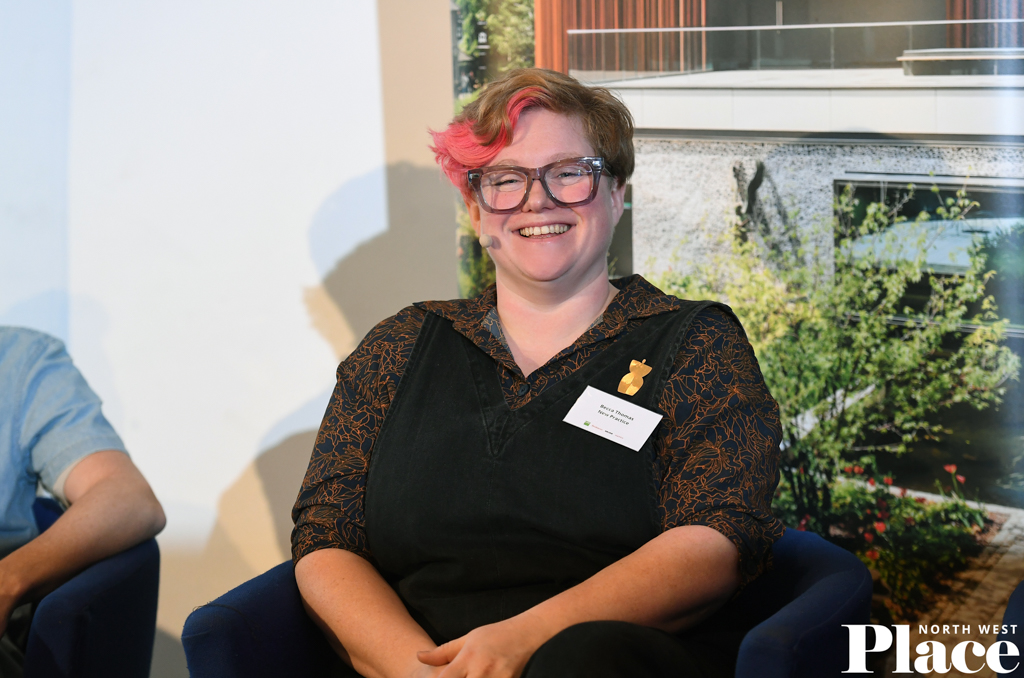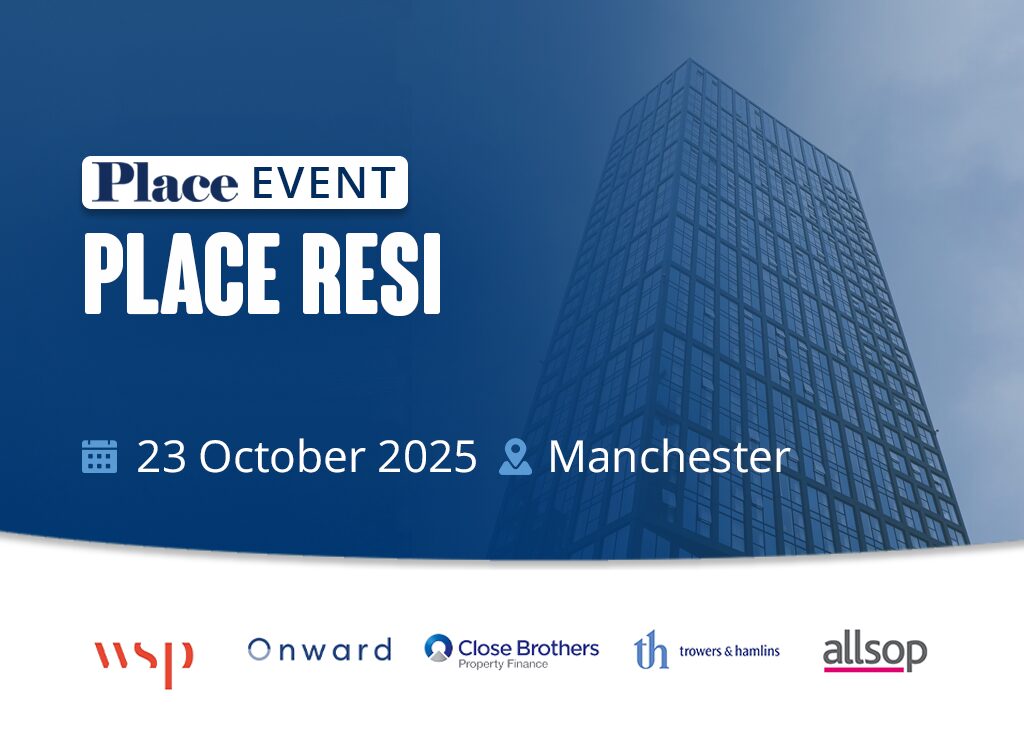Event Summary
Revitalising Our Town and City Centres | Summary + gallery
Creating town centres that work for everyone requires a more holistic approach and a commitment to a co-design process that involves a wide range of stakeholders, delegates at Place North West’s Revitalising Our Town and City Centres conference heard last week.
From the market-anchored revival of Altrincham to the regeneration of Barrow, which is being spurred by the government’s commitment to building the next generation of attack submarines in the Cumbrian town, those in attendance at the Bridgewater Hall last Thursday learned that no two town centre redevelopment projects are the same.
The role of retail, leisure, and culture in our old and new towns was discussed, while panellists highlighted the biggest barriers that need to be overcome to ensure plans don’t fall flat or stall completely.
This event was sponsored by LUC, Brabners, Muse, and Hatch.

Expert speakers
Professor Cathy Parker, research lead for the High Streets Task Force
Matthew Colledge, director, Into Places
Dr Kelly Watson, director, Hatch
Peter Anstiss, chief executive, Team Barrow
Max Bentham, development director, Muse
Beckie Joyce, founder and chief executive, Radics consulting & board member of Preston Partnership
Andrea George, co-founder and director, Republik of Ideas
Claire McColgan CBE, director of culture, Liverpool City Council
Becca Thomas, director of place, New Practice (part of Civic)
Ernst ter Horst, director, MCAU
Tom Jonson, director, landscape architecture, LUC
Rebecca Morgan, economic growth programme manager, Cheshire West and Chester Council
High Streets Task Force learnings
- Cathy Parker, research lead for the High Streets Task Force and chair of the Institute of Place Management, highlighted the importance of people-powered regeneration, collaboration, and long-term visions in successful high street revitalization through four stages: repositioning, reinventing, rebranding, and restructuring
- True local devolution and increased capacity within local authorities could move the dial significantly in terms of the speed at which schemes are delivered.
The regeneration journey – case studies
Altrincham – The regeneration of Altrincham took the town from failing to thriving in a matter of years. Anchored by a successful market hall, the project is held up as a shining example of how to approach town centre regen.
Preston – The Preston Partnership Board was set up to put the rocket boosters under Preston’s faltering regeneration plans. Now that Animate, a large leisure-led project in the city centre, has completed, attention is turning to other projects. These include plans to regenerate the land around the train station, which features a significant portion of grade A office space.
Barrow – Team Barrow is formulating a plan to make enduring change in the town, which is at the mercy of periods of prosperity and decline, depending on contracts awarded to BAE Systems, one of the area’s largest employers. Having been awarded the contract to build the UK’s next generation of nuclear submarines, Barrow needs to act quickly to deliver homes for thousands of workers and create a place that is both functional and attractive.
State of the market
- The viability of large mixed-use regeneration schemes remains tight. Many of these schemes will require an element of public sector funding to get them off the ground
- Finding investors who are willing and can afford to take a long-term view on returns is vital to unlocking projects in areas of high need
- Residential forms a key part of most town and city centre masterplans these days – getting the mix right is crucial
- The importance of community consultation cannot be understated. If you fail to win the hearts and minds of local residents, you should be prepared for a fight
- Social value should be embedded into projects from the very outset. A tick-box exercise is not good enough and will result in projects that lack impact in terms of skills and health outcomes
- Public realm is not yet given high enough priority when it comes to planning the regeneration of urban centres
- Market halls have been effective in many regeneration projects but each one must be curated to cater for the needs of its area. What might work in Altrincham might flop in Ellesmere Port.
The role of retail, leisure, and culture
- While high street retail flew into a tailspin post-Covid, the sector has since stabilised, with the majority of retailers recognising the need for a physical presence
- Many secondary retail centres have failed to compete with large, city centre or out of town offers such as Liverpool ONE and the Trafford Centre and must be adapted
- One way to drive footfall into a town centre struggling due to the decline of retail is to incorporate community facilities into vacant former shops
- Architects must strike a balance between beautiful, functional, and cost-effective design when it comes to adapting and reusing existing buildings
- The importance of a town’s story and culture cannot be overstated – the government’s new towns will flatter to deceive if the places fail to come up with an effective narrative
- Bars and restaurants play a crucial role in the vibrancy of towns and cities but the sector is struggling. Further tax increases in next month’s budget could speed up the demise of many and further damage the high street.
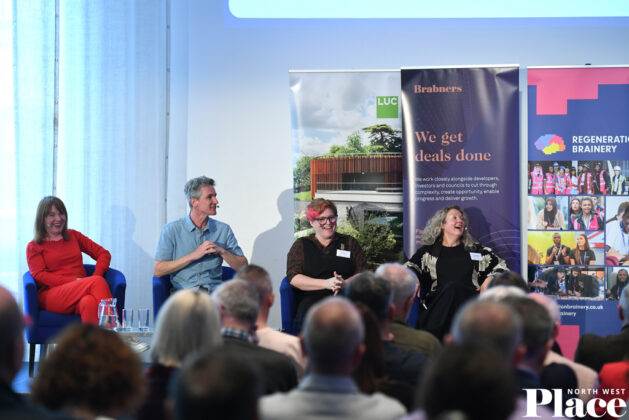
Panellists discussed what mistakes should be avoided in the creation of the next generation of new towns. Credit: PNW


